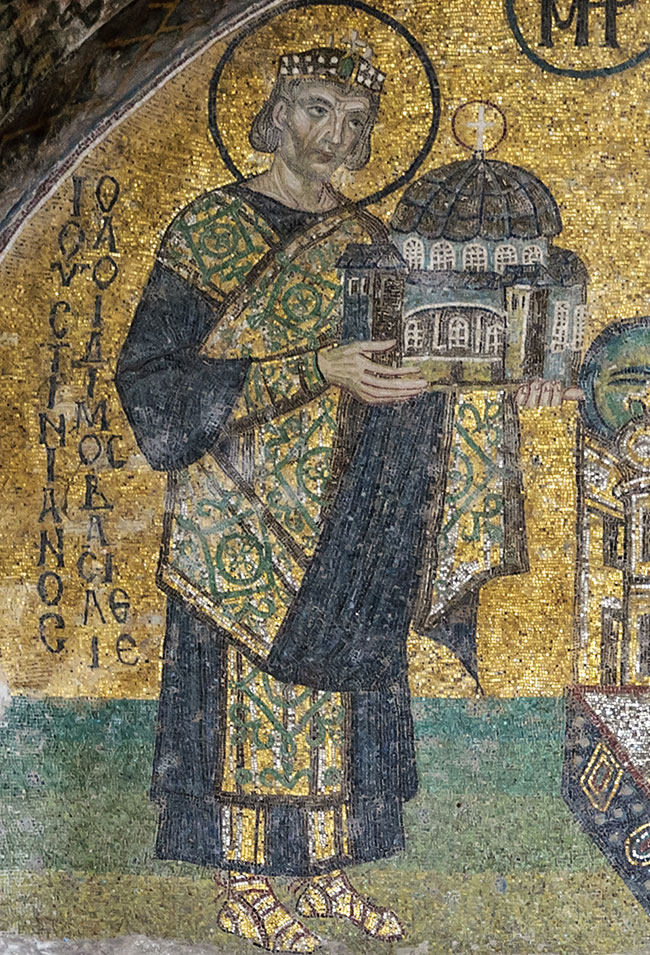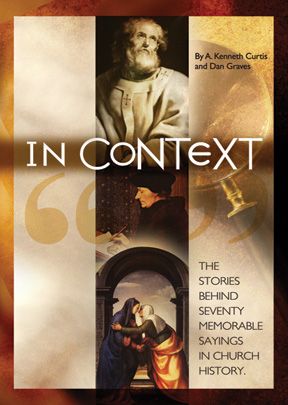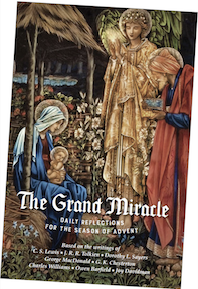JUSTINIAN RULED THE ROMAN EMPIRE AND THE CHRISTIAN CHURCH

[Above: Emperor Justinian I with a model of the Hagia Sophia. Southwestern entrance mosaic of the former Hagia Sophia of Constantinople (Istanbul, Turkey). public domain Wikimedia]
THE EASTERN ORTHODOX CHURCH commemorates Emperor Justinian I as a saint in its calendar. The West, led by Rome, does not. Love him or loathe him, he influenced the church through edicts, through exalting and deposing patriarchs, and by summoning the Fifth Ecumenical Council.
Justinian came to power through his uncle. Justin I was unlettered and brought his well-educated nephew into his administration to compensate for his own deficiencies. Justinian’s influence was felt immediately, and he became co-emperor a few months before his uncle’s death in August 527.
Five years into Justinian’s reign, he arrested and executed several leaders of the Blue and Green factions. The two parties, usually at each others’ throats, united to overthrow Justinian. They burned many buildings in Constantinople and part of the palace. Justinian and his advisors were about to flee when Theodora, his wife and coregent, rejected the notion as unworthy of an emperor.
Shamed, Justinian sent Belisarius and other military officers, with whatever force could be mustered, to the arena where the rebels were assembled. The soldiers blocked the entrances and massacred thirty-thousand unarmed rioters. Justinian’s authority was never again seriously challenged.
By means of Belisarius, Nares, and other generals, Justinian fought Persia to a stalemate, drove the Vandals from North Africa, and ousted the Goths from Italy. At great cost to his people, he built many castles and protective walls to hold barbarians at bay, but the barbarians breached the walls at will. Over the years, Justinian ruined the army by not paying his soldiers, and he humiliated Belisarius, whom he needlessly feared as a rival.
In non-military building projects, Justinian erected a new Hagia Sophia in place of the one burned during the 532 riots. He also built the Church of Our Lady in Jerusalem, and St. Catherine’s Monastery at Sinai, as well as many other churches, monasteries, hostels, and hospitals.
More importantly, he set a team of scholars to condense the vast body of Roman law into a few books, eliminating outdated and contradictory laws and decisions. As might be expected, his code asserted the divine right of emperors. Both church and state are God-given and meant to work in harmony, he argued. But the emperor, having care for souls as well as bodies, rules over the church.
In general, Christian culture flourished under Justinian. He considered unity in faith to be essential. His ideal is summed up as “One Faith, One Church, One Empire.” With this in mind, he shut down the pagan school at Athens and sent missionaries to bring the realm’s other pagans into the Christian fold. Since Christians themselves were disunited, he tried to compel a compromise between the Miaphysites, who held that Christ has just one integrated will, and the Chalcedonians, who hold that Christ has both human and divine wills. He even imprisoned Pope Vigilius to force him to condemn three writings that displeased the Miaphysites. The eastern and western branches of Christendom fell out of communion with each other over theological disagreements near the end of Justinian’s reign.
Justinian spent his last years poring over abstruse theological questions. One result was an edict stating that the human body of Christ was incorruptible and had only seemed to endure suffering. This outraged a majority of believers. Meanwhile he neglected the empire, which groaned under taxes, invasions, and corruption. Never a martial figure, he paid barbarians to leave Constantinople alone, or hired distant barbarians to attack those who presented a more immediate danger.
On this day, 14 November 565, the eighty-two-year-old Justinian died. His reign had been a last hiccup in the collapse of the Roman Empire. Drained of resources and lacking a stable political system, it rapidly unraveled. However, the strengthened position of Orthodox Christianity, the law code compiled at his command (and subsequently named for him), and his great building projects (especially the Hagia Sophia) would live on as monuments to his reign.
—Dan Graves
-----------
Learn more about the Hagia Sophia in Christian History Magazine #54 Eastern Orthodoxy Then and Now
For more on the impact of Justinian's famous temple, read “We did not know where we were, on heaven or on earth” from In Context
Contemplate the story of the Incarnation day-by-day throughout the season of Advent in our latest publication, The Grand Miracle. Based on the writings of C. S. Lewis, J.R.R. Tolkien, George MacDonald, Dorothy Sayers, and others, each day’s reading offers a fresh look at the birth of Christ through the eyes of a modern author. Scripture, prayer, and full-page contemplative images complete each entry. 28 days, 64 pages. Preview the Devotional here.







